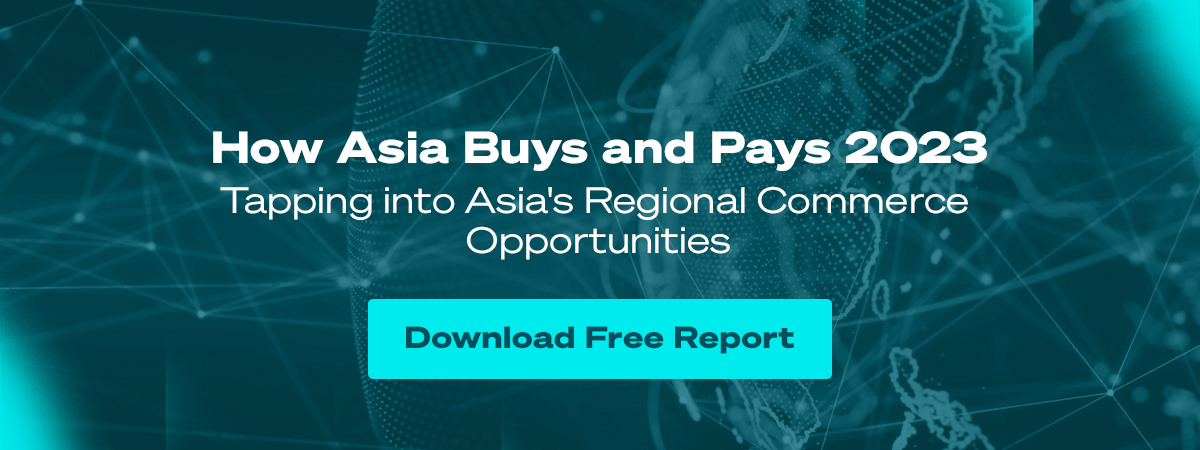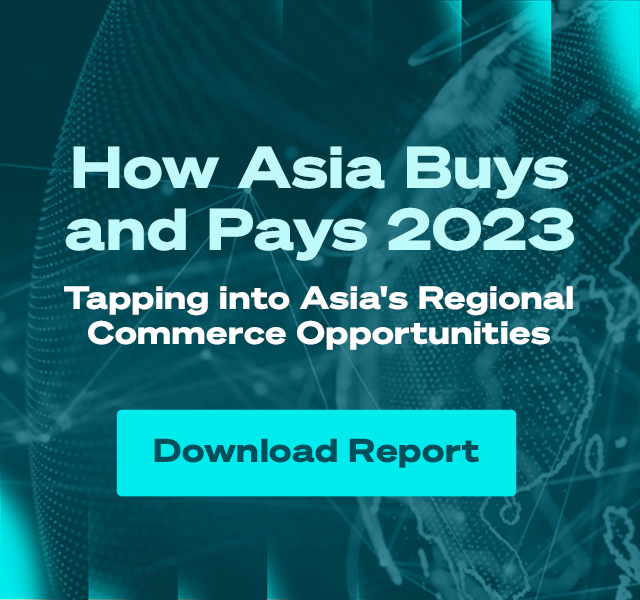Press Release
Digital Payments to Lead 162% Growth in eCommerce Spending Across Southeast Asia by 2025 – IDC, 2C2P
SINGAPORE, 3 November 2021 - Southeast Asia is in the midst of a financial transformation, with digital payments driving its growth, according to the latest report by market intelligence firm IDC and sponsored by global payments platform 2C2P. Powered by changing consumer and retail trends and more inclusive payment options, ecommerce spending is expected to rise by 162% to reach US$179.8 billion by 2025 across the region, with digital payments accounting for 91% of total ecommerce payments.
The IDC InfoBrief, “How Southeast Asia Buys and Pays: Driving New Business Value for Merchants” unravels the complexities of the fragmented Southeast Asia payments ecosystem to help Southeast Asia businesses make more informed payments decisions and grasp opportunities in the rapidly shifting payments space. It follows the trajectory of the payment trends that have emerged in Southeast Asia such as mobile wallets, domestic payments (real-time payments and online banking options), Buy Now Pay Later (BNPL) vis-à-vis traditional options like cards and cash.
The report further breaks down the estimated change in market share of payment options across Indonesia, Malaysia, the Philippines, Singapore, Thailand and Vietnam between 2019 and 2025. It also provides insights for businesses looking to minimise payments-related costs while scaling across borders.
“As the world goes digital, there is an opportunity to ride on the growth of digital payments and provide secure and reliable financial services to meet the ever-changing needs of consumers in the region. Digital payments are no longer a nice-to-have but a must-have, and a key part of every company’s business strategy,” said Aung Kyaw Moe, founder and CEO of 2C2P. “The ability of businesses to match and optimise their payment capabilities and operations according to geographical reach will also determine how they stay competitive, agile, and successful across the region."
Changing consumer and retail trends across the region have propelled the rapid growth of Southeast Asia’s digital economy, with over 400 million ecommerce users expected in 2025. This has resulted in increased competition and collaboration by the public and private sectors to offer the payments infrastructure and options required by businesses to reach these ecommerce users. Major gainers appear to be mobile wallets, domestic payments and BNPL, with mobile wallets alone expected to gain 250 million new users between 2020 to 2025.
“Southeast Asia’s payment landscape is incredibly fragmented and payments adoption as well as regulations can vary from market to market. In order to help businesses understand and navigate the region’s complexities, we’ve worked closely with 2C2P to put together this comprehensive guide to the region’s payments landscape featuring regional and local payment insights,” said Michael Araneta, Associate Vice President, Head of Research and Consulting, IDC Financial Insights Asia-Pacific. “We hope that the report’s findings will refine businesses’ strategy to ride the digital wave and ultimately unlock Southeast Asia’s US$276 billion digital economy."
Key highlights of the report
Southeast Asia's ecommerce growth is staggering: The ecommerce market has become far more accessible with 188.6 million new ecommerce users in 2025. The largest markets for ecommerce payments are forecast to be Indonesia ($83 bln), Vietnam ($29 bln) and Thailand ($24 bln).
Shifting the balance of payments: With the entry of new ecommerce consumers, a broader range of payment services are required. Digital payments are expected to account for 91% of total ecommerce spending by 2025, up from 80% in 2020. The Philippines, Vietnam and Thailand are projected to have noteworthy shifts with declining cash usage and increasing digital payments usage by 2025.
Payment options that better serve locals: Local payment options like mobile wallets are preferred for ease and convenience across Southeast Asia. From 2020 to 2025, mobile wallets and BNPL in the region are expected to grow 30% and 58%, respectively. Indonesia, alone, is predicted to welcome over 100 million new mobile wallet users by 2025.
- Differing interfaces and options require versatility and agility: As ecommerce growth takes off, the range of interfaces multiplies – from online, merchant stores, marketplaces, and social commerce platforms. Businesses must be able to optimise front-end and back-end operations to capture user ease and mindshare.

